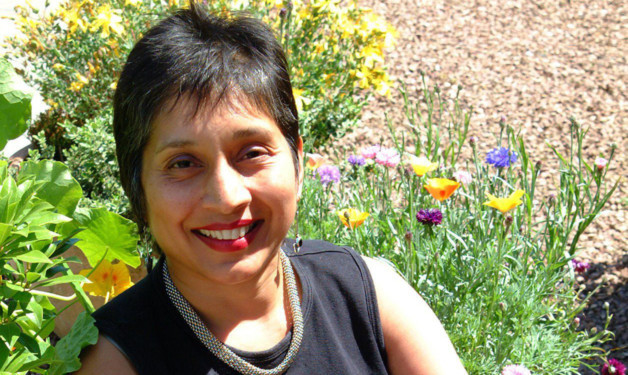If NHS Scotland is to survive without rationing or charging in the future, there has to be a radical shift towards health promotion rather than disease diagnosis, treatment and management, according to a Fife complementary therapist.
Complementary and Natural Healthcare Council (CNHC) local champion Mariette Lobo, who specialises in drug-free pain relief, is calling for complementary and alternative therapies to be available through the NHS.
The former Fife College lecturer said: “The NHS is the fastest growing failing business in the UK because we have too many sick people and no political parties are addressing this obvious fact.
“Surely one of the ways in which the annual drugs bill could be reduced is to discourage polypharmacy, especially in the case of elderly health care, and use an integrated approach that combines the best of complementary therapies with the best of conventional medicine”.
Ms Lobo said the General Medical Council (GMC) has recently agreed to amend referrals guidance to doctors.
It is now advising that when referring to a practitioner who is not a doctor or other statutorily regulated health professional, doctors must: “be satisfied that systems are in place to assure the safety and quality of care provided.”
Doctors can now refer patients wanting complementary therapies to CNHC registrants as they are all on CNHS’s accredited register.
This applies to doctors in England, Scotland, Wales and Northern Ireland because the GMC is the regulator for all doctors in the UK.
The new guidance does not mean that NHS funding will automatically follow, but it does mean patients will be able to ask for a referral where appropriate.
In March, Health Secretary Shona Robison said: “I welcome the findings of the professional standards authority’s report, which demonstrate the detailed benefits of the accredited registers programme for service users and professionals alike.”
A Scottish Government spokesman said: “It is for individual NHS boards to determine what complementary or alternative therapies they make available based on the needs of their resident populations, in line with national guidance.
“Decisions regarding the care of individual patients are a matter of professional judgment for the clinician responsible for the patient’s care.”
NHS Fife Board medical director, Dr Frances Elliot said: “NHS Fife does not have a formal position on alternative therapies.
“Clinicians are free to refer to other practitioners on a register accredited by the Professional Standards Authority.”
